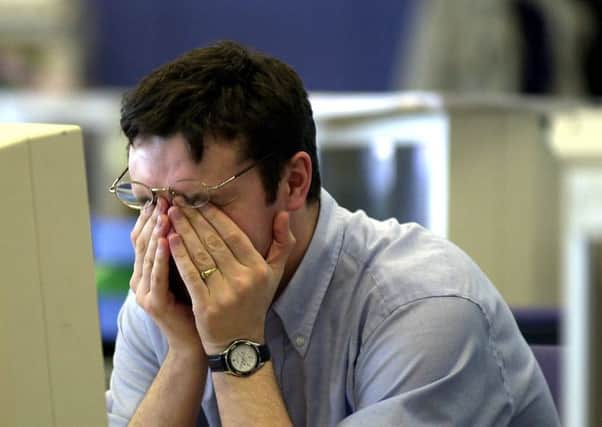Bill Ritchie: Is there a cure for sick buildings?
This article contains affiliate links. We may earn a small commission on items purchased through this article, but that does not affect our editorial judgement.


Amongst the building design professions, this was commonly associated with recycled stale air and poor lighting, found predominantly in office environments.
Subsequently, new legislation and industry codes – such as the British Council for Offices (BCO) design guide – were reviewed, to ensure the delivery of more fresh air to offices. However, the root cause of the issue remained undiagnosed.
Advertisement
Hide AdAdvertisement
Hide AdFortunately, this is now changing as we start to understand much more about how the office environment can impact on well-being – we are now beginning to appreciate how the very design of our buildings can actively promote their occupants’ health.
Before dismissing this as a fad, it’s worth pointing to research recently published in the Lancet. This research confirms what is really common sense: as a place where many of us spend the majority of our working day, sitting in a poor environment with little interaction with the outside world is deemed to be bad for your health.
Sitting is now regarded as being “the new smoking” by some in the medical profession and it has been proven that exposing your staff to such stresses reduces performance, elevates absenteeism levels and will increasingly become a determining factor in where staff choose to work.
In California, where this is a rapidly developing issue, public buildings now actually carry a health warning at their entrances, clearly stating any known materials that may cause harm. The BCO published a document in 2011 setting out known deleterious materials, but this type of activity is only the start.
The American Well Building Standard is now in operation, and the first assessors in the UK have just qualified. This standard provides a system for measuring, certifying and monitoring the performance of building features that impact health and well-being. Key areas which are targeted include the obvious ventilation and lighting, but the review also includes promoting activity around the building, ergonomic workplace design, water quality and even opportunity for healthy nourishment.
This evidence-based assessment is still in its infancy. A great deal of research is still being undertaken in the US in order to understand which materials should be promoted ahead of others – not just how damaging they may be when exposed during the life of the building but also how damaging they may be in their manufacture. With such bench-marking comes obvious benefits but also an unfortunate downside where the “Philadelphia lawyers” may find opportunity to punish unsuspecting landlords and property owners for operating space with the wrong palette of materials. Be warned!
It will be fascinating to watch how this “cure” for sick buildings will move the sustainability debate from squeezing carbon out of the built environment at all costs to one where human sustainability takes centre stage.
• Bill Ritchie is chair of the Scottish chapter of the British Council for Offices
